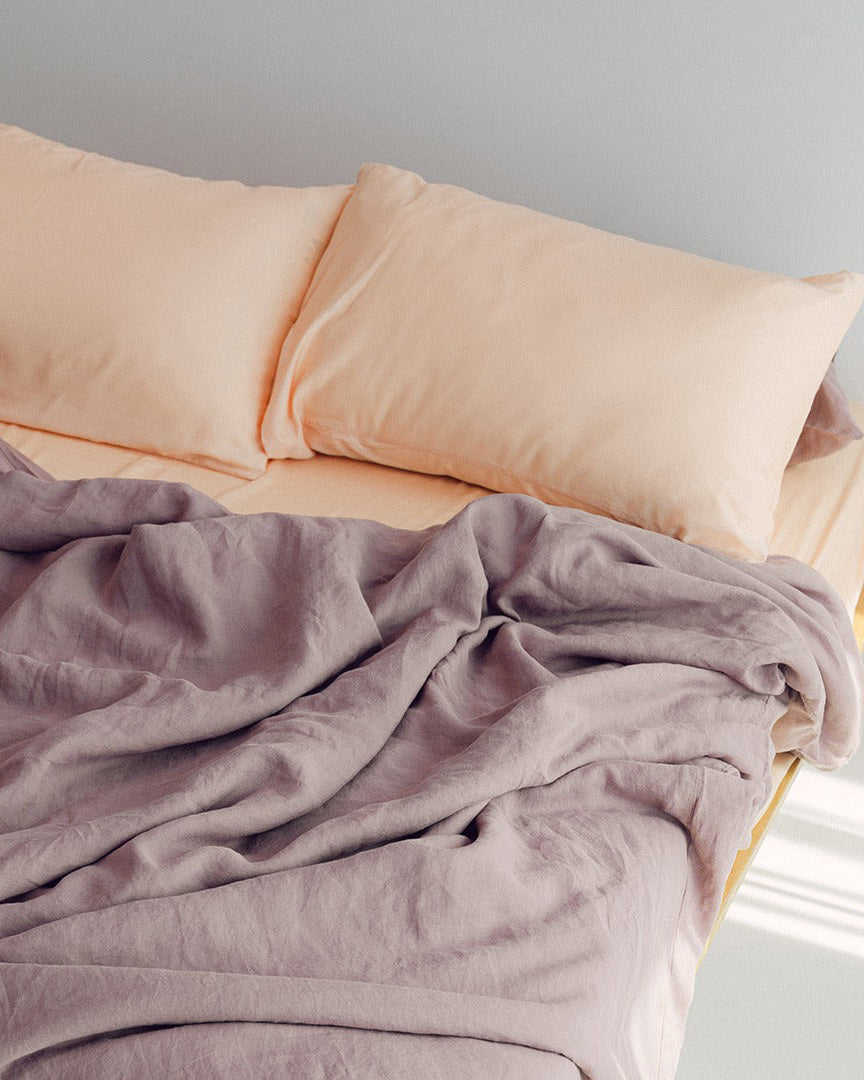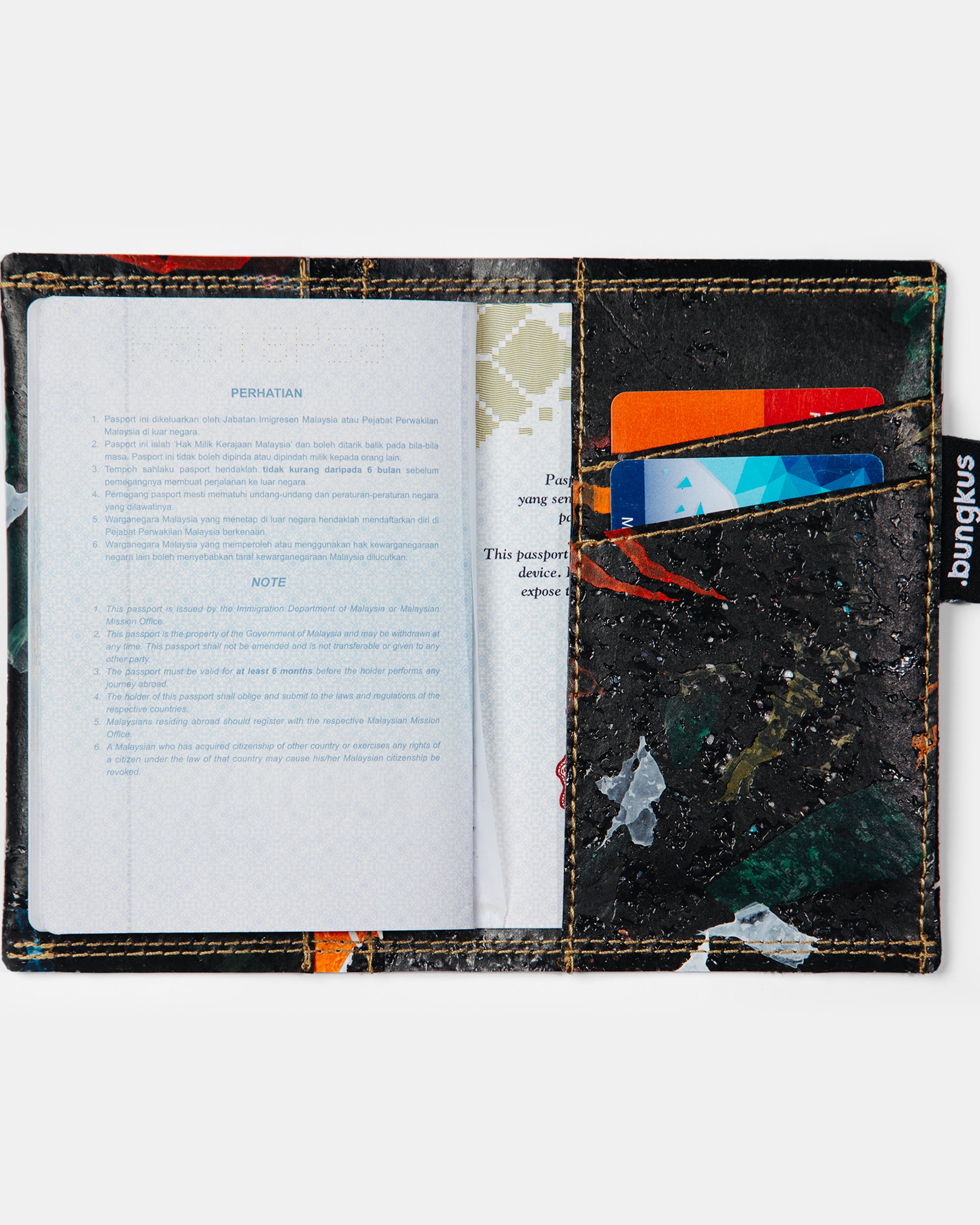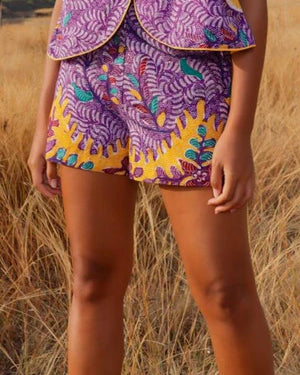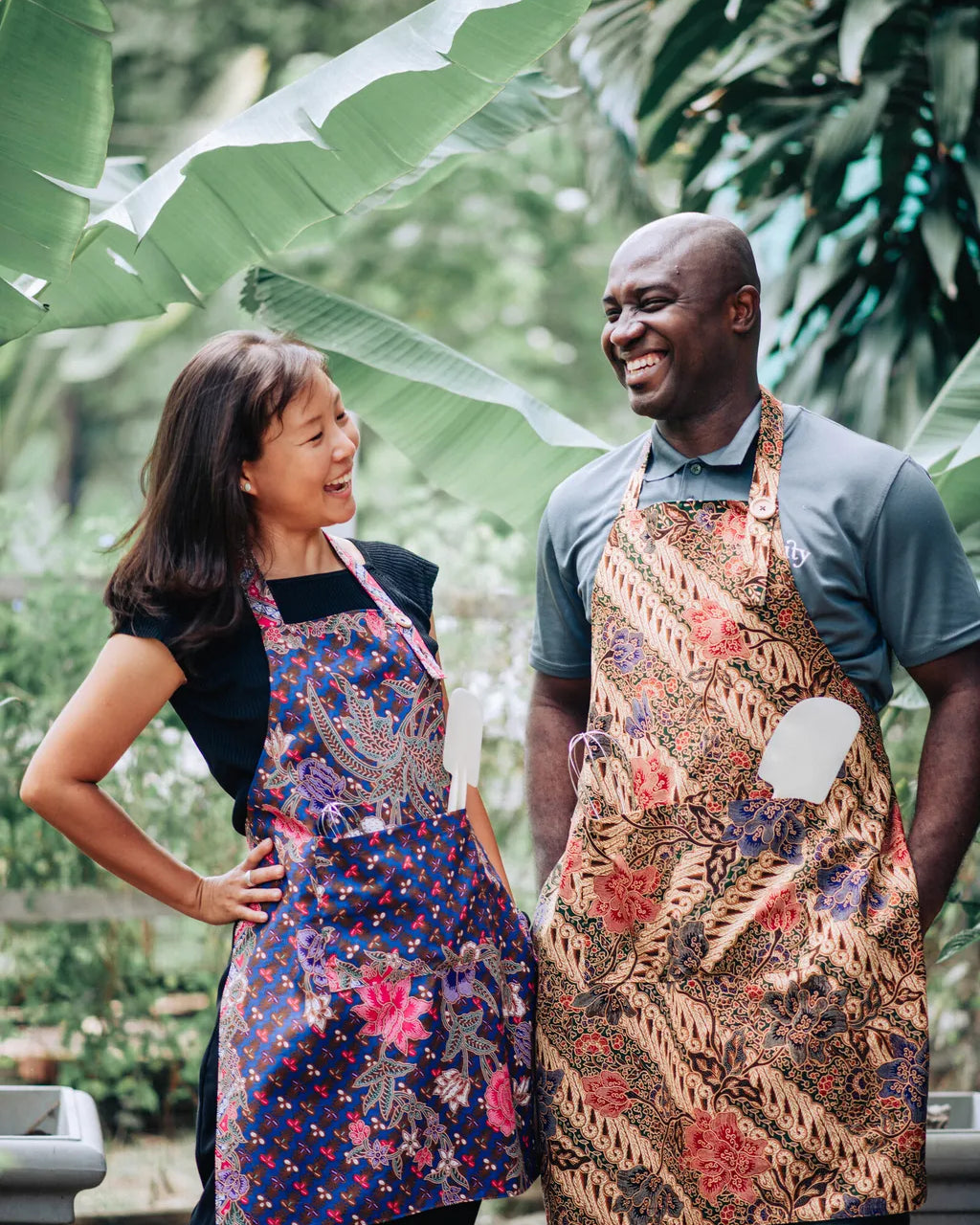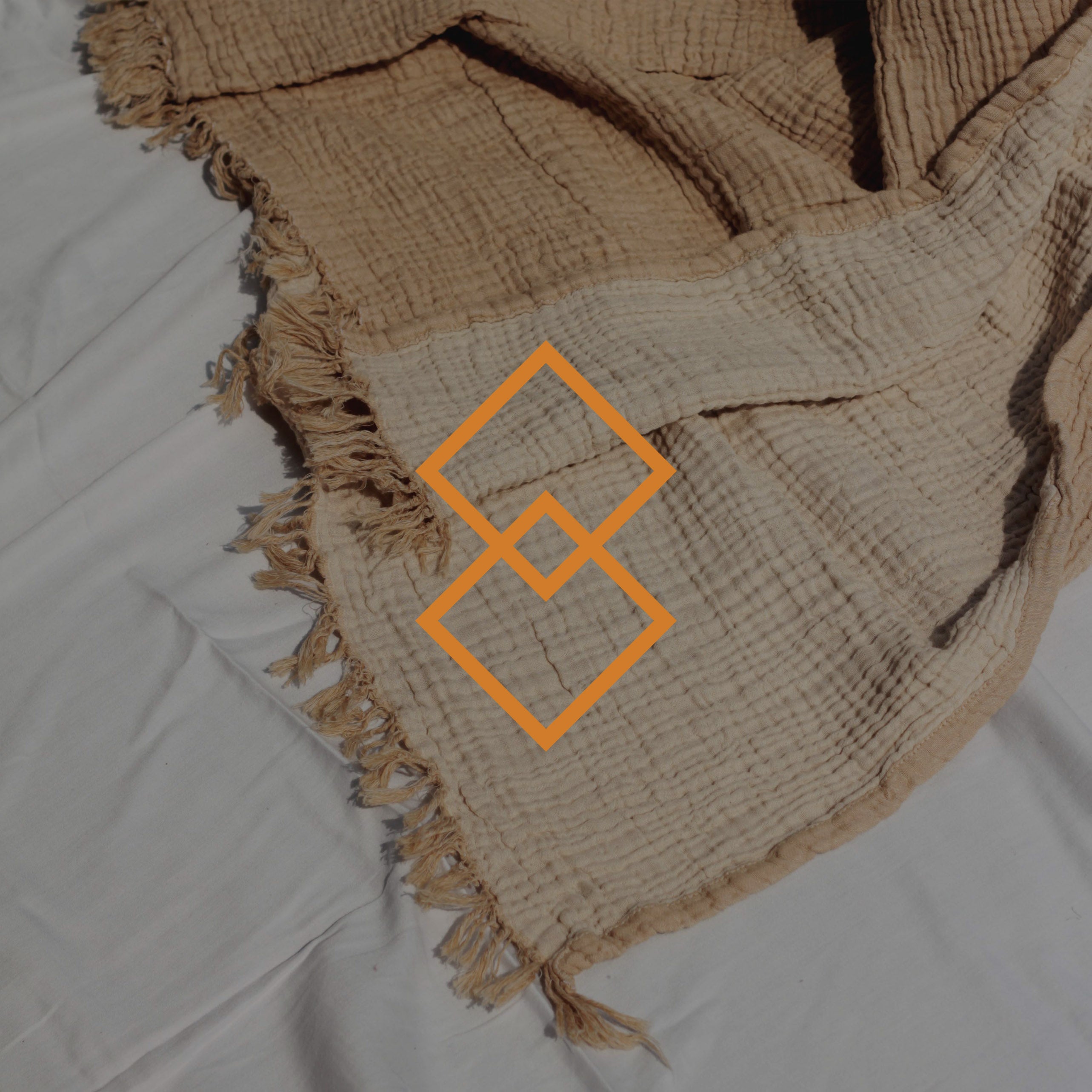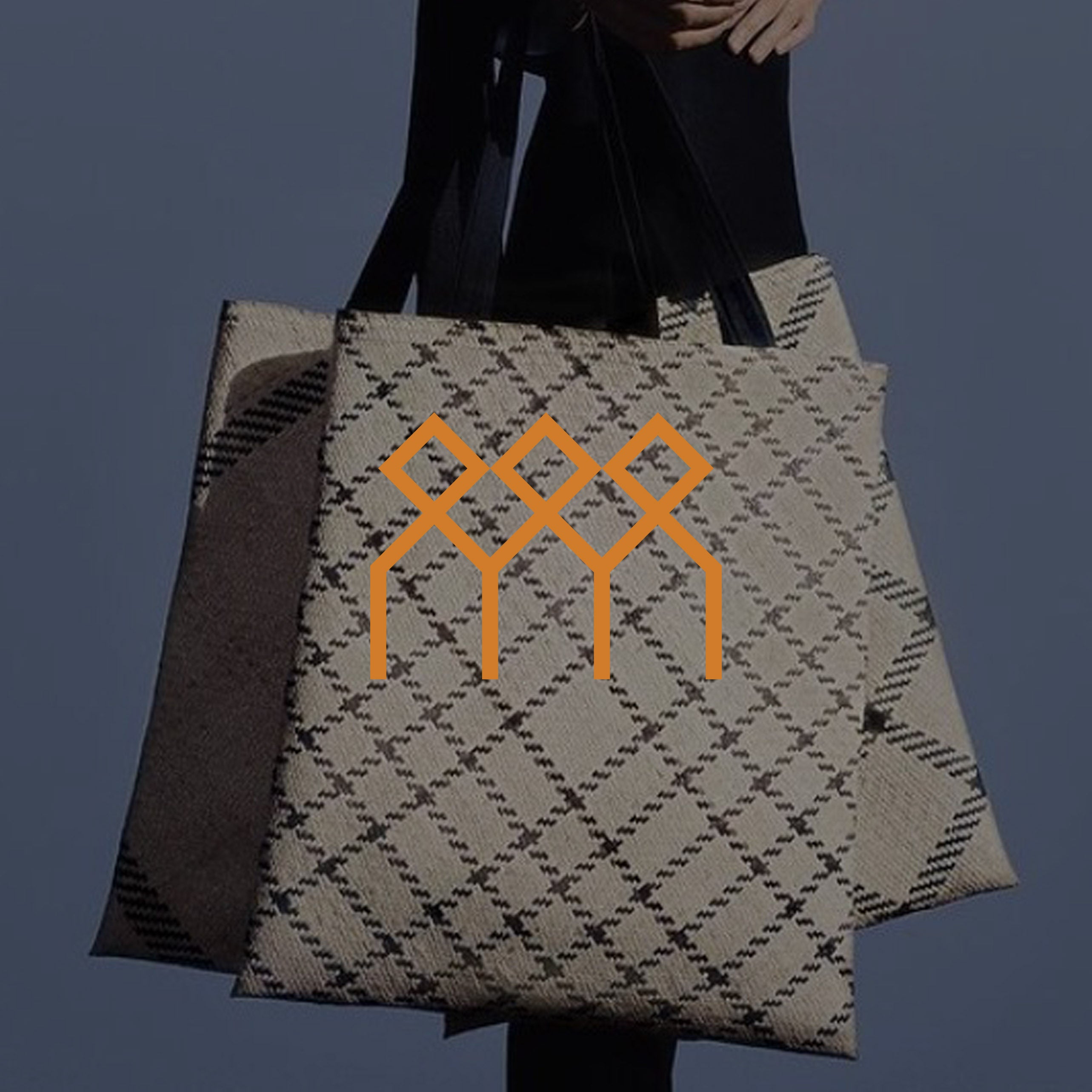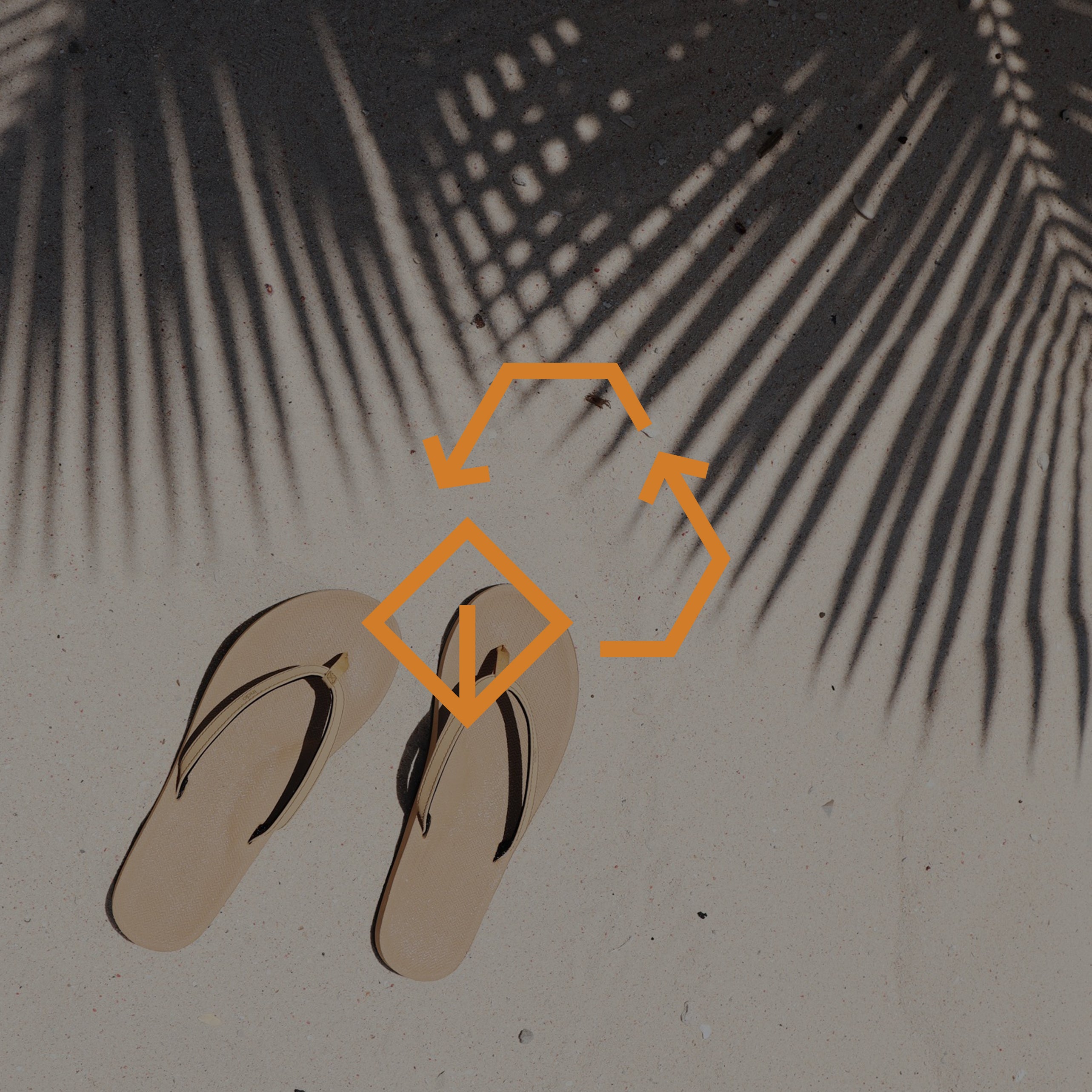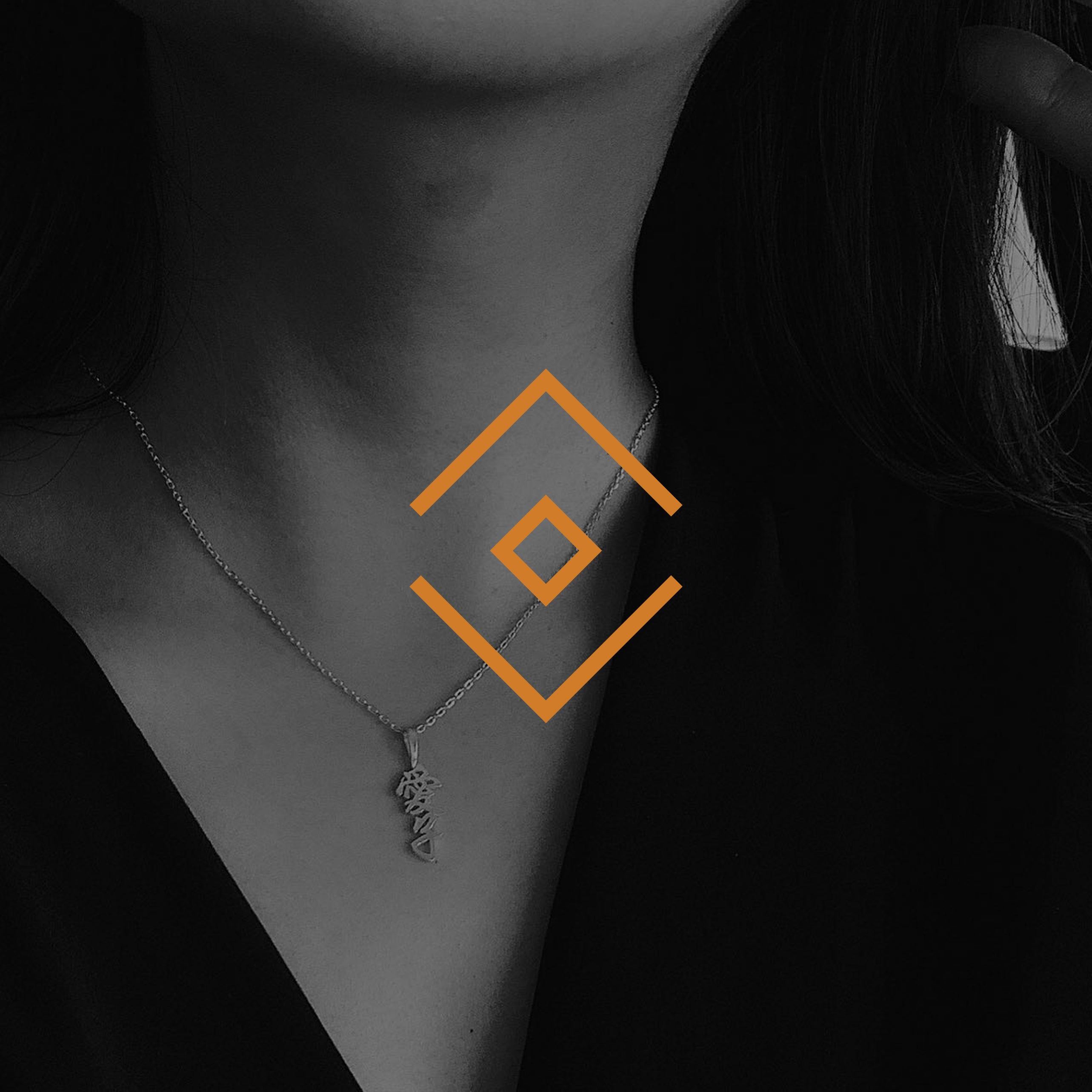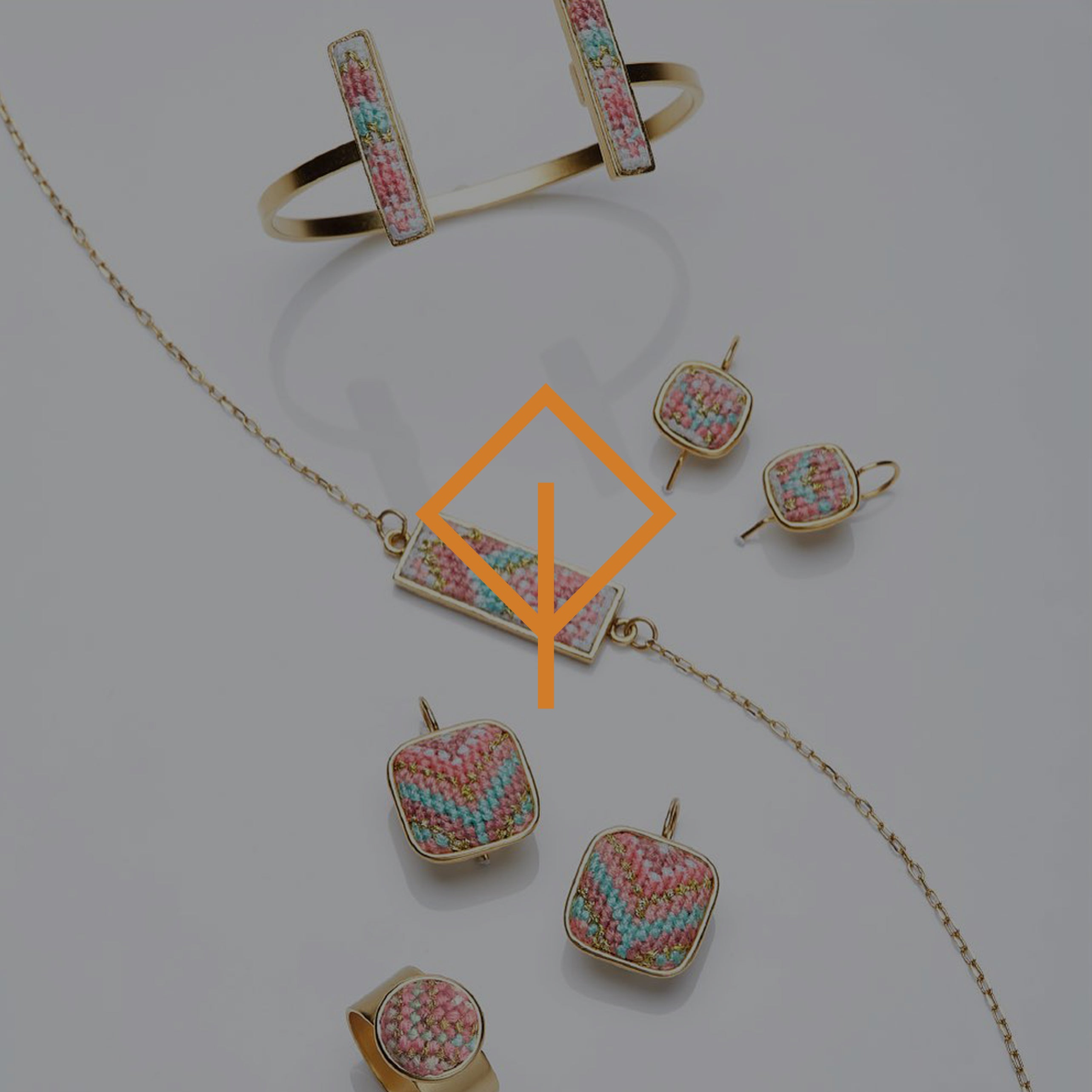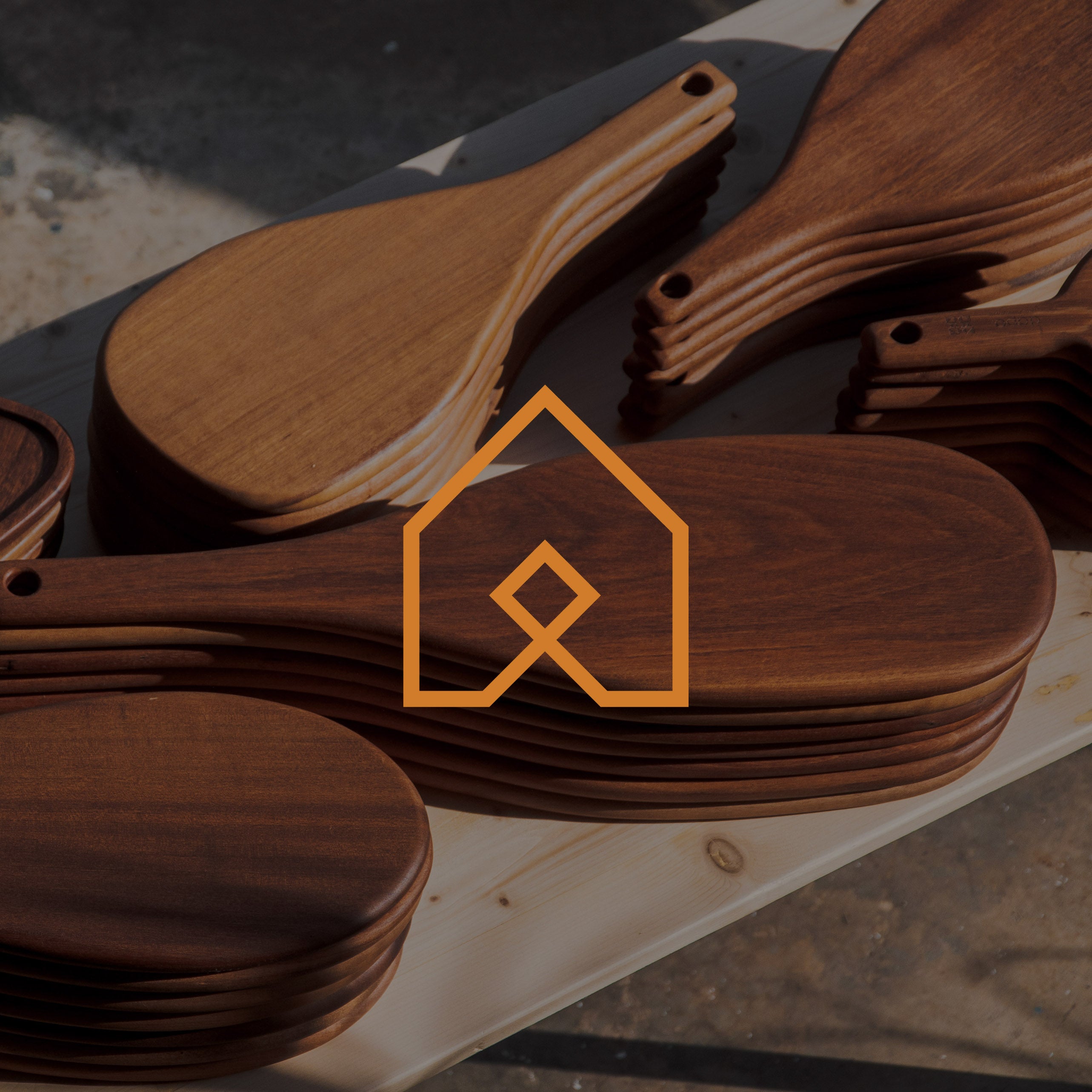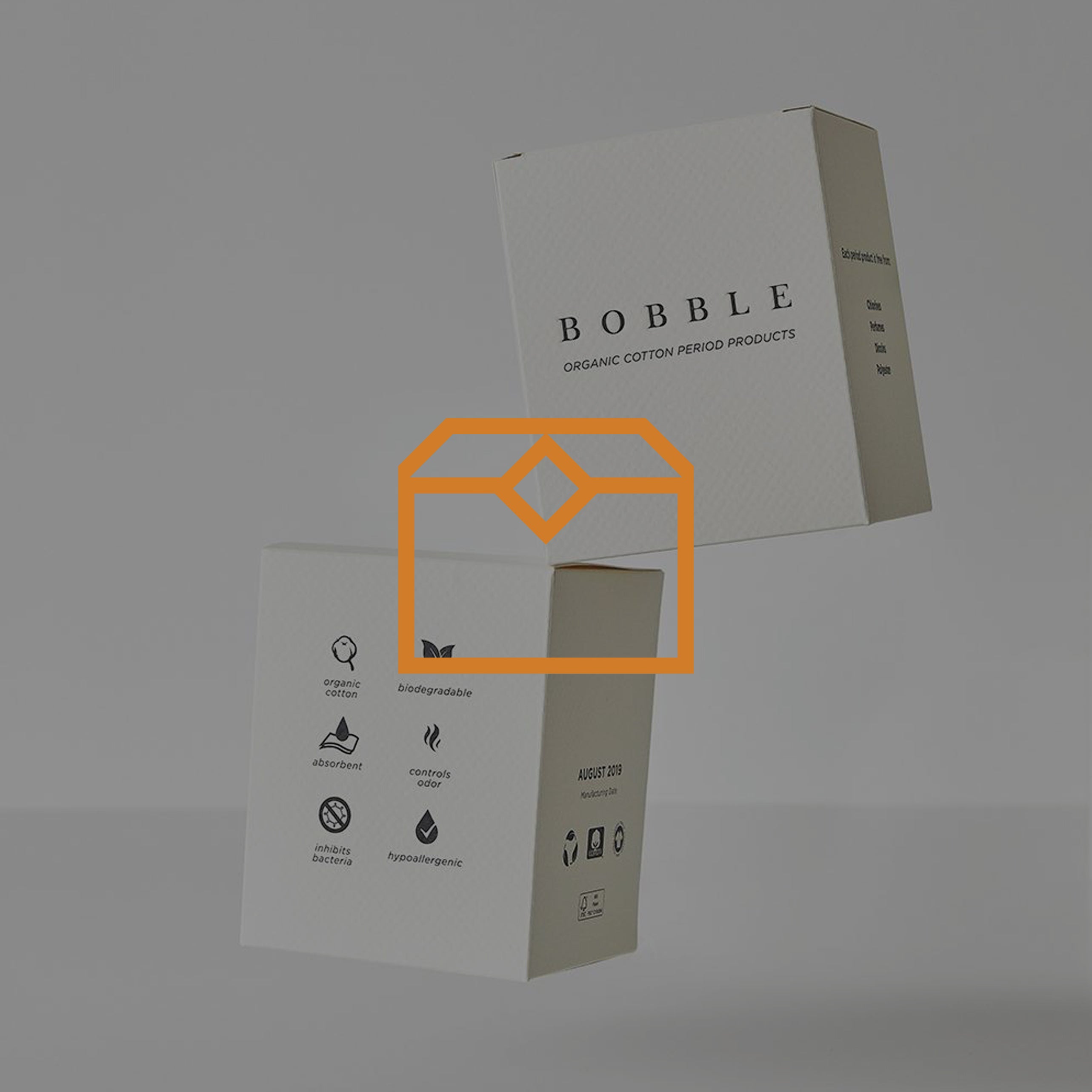UNPLUG
Every item at UNPLUG is curated with the people and the planet in mind. If you’re looking to get off the fast lane to reconnect with sustainable living and mindful consumption, we’ve got you. Explore our global selection of meaningful, sustainable alternatives – all sourced with good intentions.
Conscious Choices
UNPLUG is more than just a store, it is about sustainable living. Our curation is guided by a set of eco values. That way, we can ensure that every item we put on our shelves is directly contributing back to the people and the planet.
ECO VALUES THAT GUIDE OUR CURATION:
Eco-friendly Material
Embrace natural materials. They are less toxic, less resource intensive, and safer on the environment, wildlife and us.
Eco-friendly Procurement
Know the origins of your products and the people who make them to ensure they are produced ethically and sustainably.
Social Impact
We are a business community and constantly find innovative ways to do our part for the communities around us.
Zero-waste Innovation
Design waste out of our system by rethinking trash, upcycling resources and extending the lifecycle of our products.
Preserving Traditional Skills
Ensuring the continuation of time-honored, eco-friendly practices that foster cultural heritage and environmental stewardship.
Fair Trade
Help close the income gaps and improve the quality of life of artisans and independent makers. Ensuring they are compensated fairly and have a safe working environment.
Local Made
Support local makers and businesses to reduce carbon footprint and nurture a vibrant and distinctive local economy.
Eco-friendly Packaging
Packaging is accounting for over 40% total single plastic usage. Opt for minimal packaging and reduce waste.
